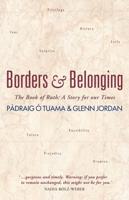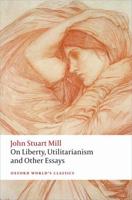Publisher's Synopsis
Pilgrimage is found in most religious cultures, with large numbers of sites - from globally renowned places to regional shrines - flourishing historically and in the modern day. Pilgrimage centres around the world, including Mecca in Saudi Arabia, Guadalupe in Mexico, Lourdes in France, Santiago de Compostela in Spain, Haridwar in India, and Shikoku in Japan, attract millions of pilgrims annually, while a flourishing 'spiritual tourism' industry has grown to promote the practice. In the present day, new pilgrimage locations, including 'secular' ones with no official affiliation, such as Graceland, Elvis Presley's house, continue to emerge across the world. In this Very Short Introduction Ian Reader explores the factors that affect how pilgrimage has changed over time, from contemporary international developments, such as mass transportation to changing social attitudes reflected in the motives of pilgrims through the ages. He demonstrates the social and international aspects of pilgrimage, showing how it has become a way of expressing social identity and cultural heritage, as well as being entwined with themes of entertainment and tourism. Reader explores the key issues and themes of pilgrimage through history to the present, looking at its various forms, how people take part, what is learnt from the journeys, and why pilgrimage remains popular in an increasingly secular age. ABOUT THE SERIES: The Very Short Introductions series from Oxford University Press contains hundreds of titles in almost every subject area. These pocket-sized books are the perfect way to get ahead in a new subject quickly. Our expert authors combine facts, analysis, perspective, new ideas, and enthusiasm to make interesting and challenging topics highly readable.










